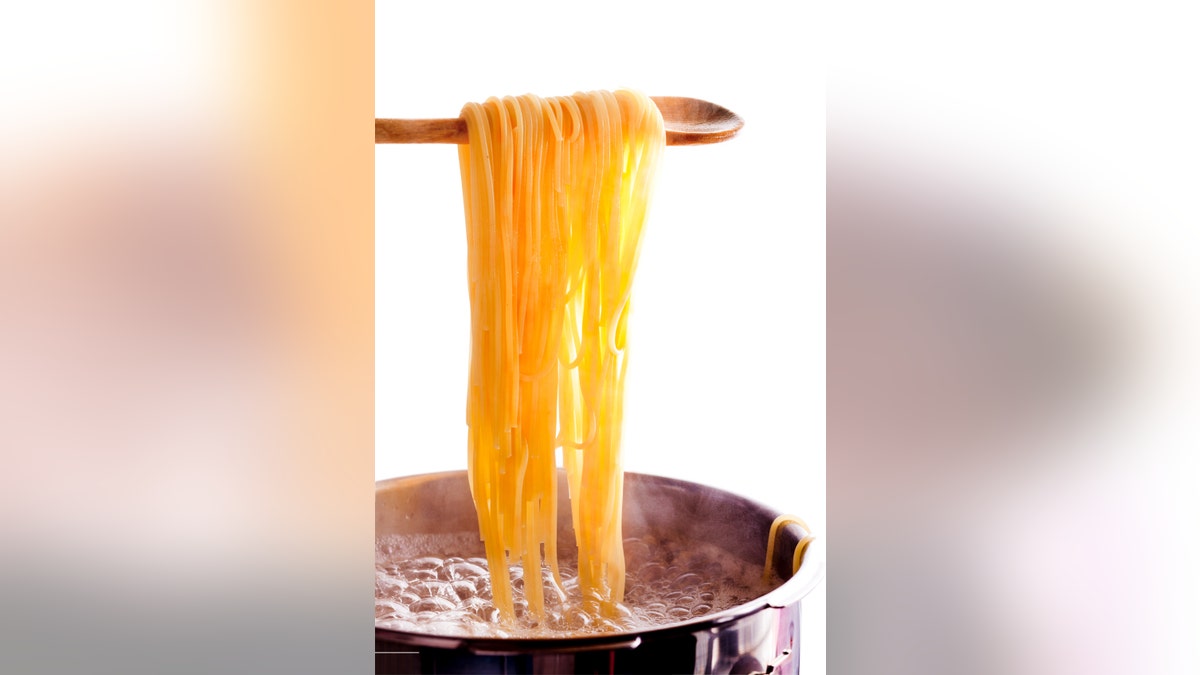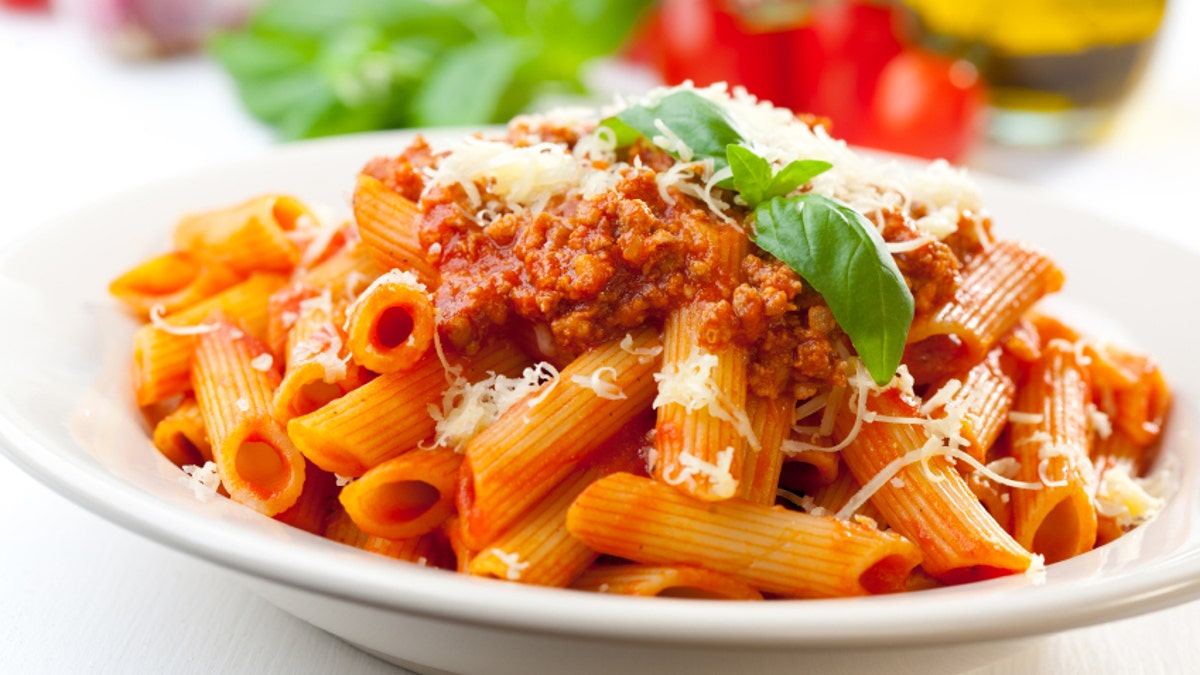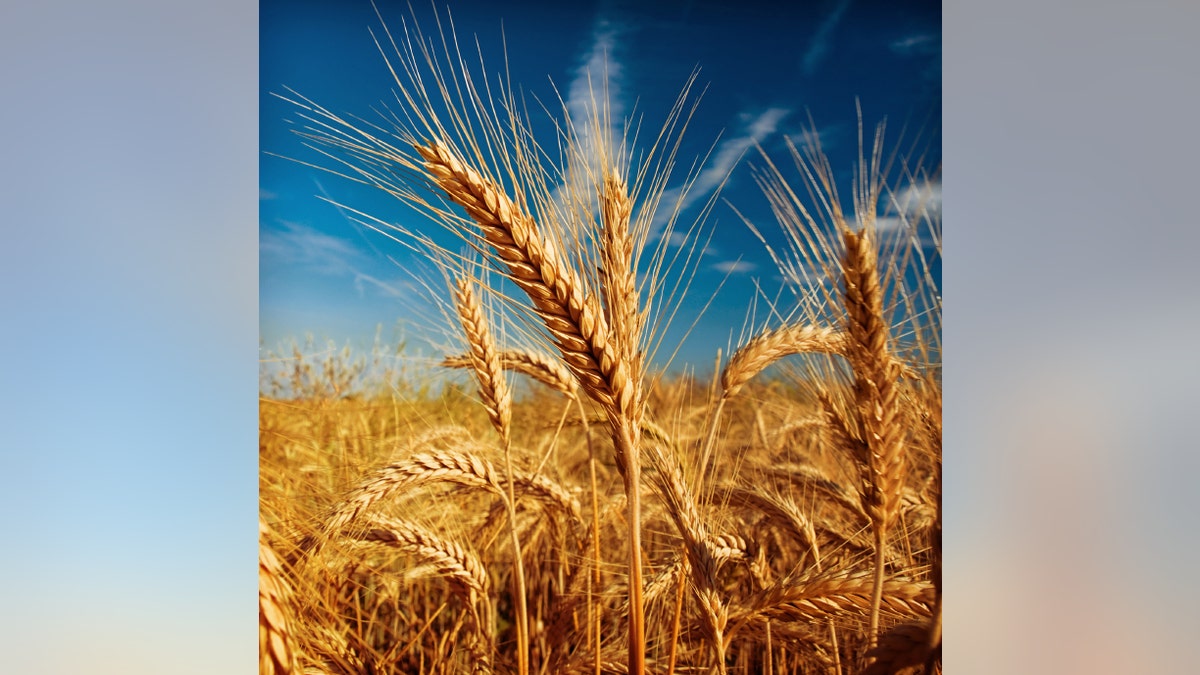Whether we’re twirling it on our forks or baking it into a creamy, cheesy American casserole, there's no denying that we love pasta.
According to the National Pasta Association, Americans alone eat about 15 pounds per person per year. For a better sense of what that means, consider that the average Italian — who eats pasta daily — eats about 51 pounds per year. Yet, despite our love of these starchy noodles, we’d be willing to bet our weight in dried penne that most people don't actually know very much about pasta.
When we think of pasta, most of us picture the semolina flour-based noodle stocked on supermarket shelves in a colorful cardboard box, but pasta comes in a range of different varieties both dried and fresh. Fresh pasta can be found in the refrigerated section of stores; because it is made with little more than wheat flour and egg yolks, it is highly perishable. Dried pasta starts with a paste made of flour and water which is then passed through an extruder or pressed into molds to create various shapes. It is dried for several days at a low temperature, so that the moisture evaporates, making it shelf-stable.
Though pasta is traditionally (and most commonly) made with wheat flour, gluten-free varieties are available for those with allergies or sensitivities to the gluten found in wheat flour. Gluten-free pastas are typically made with rice, quinoa, or corn flours.
If all this talk of pasta is making you hungry, go put a big pot of well-salted water on to boil (and please, no oil — it’ll just make the pasta sauce slide off the noodles) and read on. We've got some fun pasta facts to keep you busy until your noodles reach a perfect al dente.
1. Al Dente Pasta Keeps You Fuller Longer

(iStock)
When pasta is cooked al dente (which literally means “to the tooth” or “to the bite) it takes longer to digest. Not only will that keep you fuller longer, it also helps the paste keep your blood sugar levels more stable.
2. All Pastas and Sauces Are Not Interchangeable

(iStock)
Part of the reason that there are so many shapes of pasta is that the weight, texture, size and shape of the pasta all contribute to the way that it holds onto sauce: basically, certain shapes of pasta are better paired with certain sauces than others. Creamy sauces, for example, cling well to long, flat strands, while short, tubular shapes are better paired with thick, chunky sauces.
3. Pasta Contains Protein

(iStock)
Although we often think of pasta as a carbohydrate, eating pasta is actually a good way to get a little extra protein into your diet. One cup of cooked spaghetti, for example, can have as many as 8 grams of protein, and supplies your body with several of the amino acids that we needs to stay healthy.
4. Pasta is a Sustainable Food

OLYMPUS DIGITAL CAMERA (iStock)
Plant-based foods (like fruits, vegetables, legumes, and grains) have less environmental impact than animal-based foods, because plant-based foods require less land, energy, and water to produce. That makes dried pasta (made from just flour and water) a better choice for the environment than many other foods.
See more surprising facts about pasta.
More from The Daily Meal
Noodles and Company: Unhealthiest Menu Options
